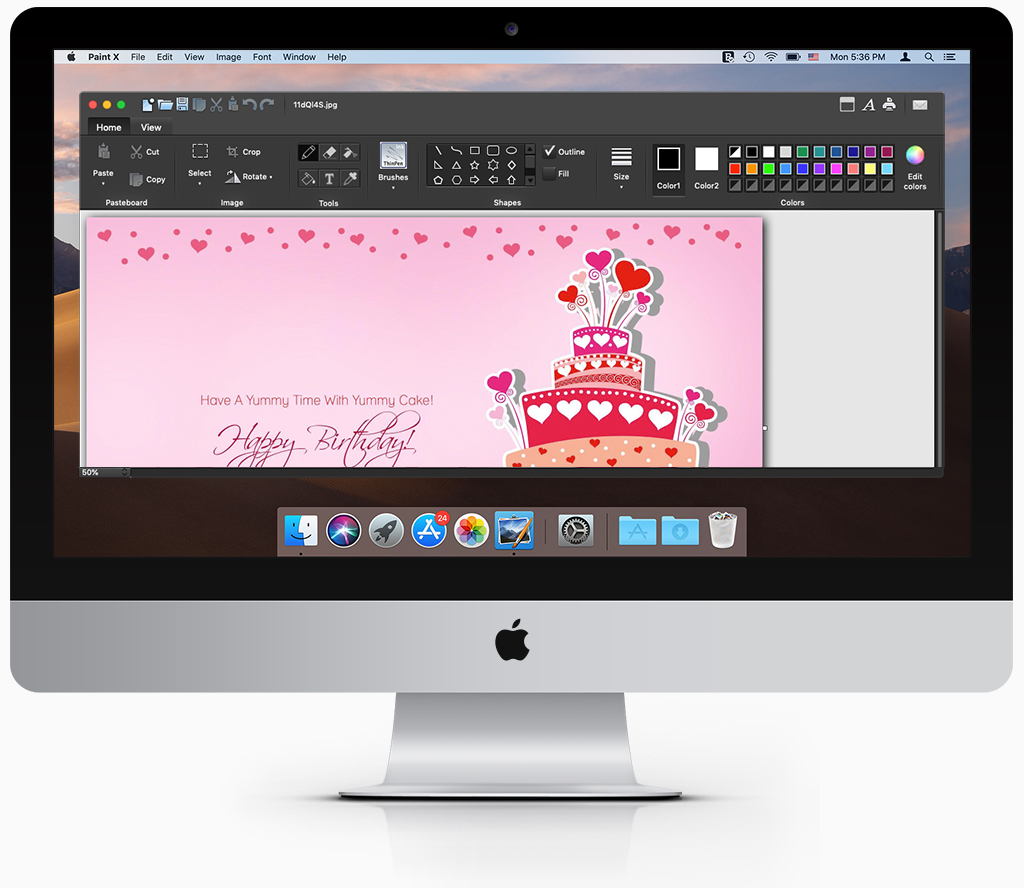

Copy it from the DMG onto your hard disk (for example, create a "Tux Paint" folder in your "Applications" folder, and copy it there). Using: The DMG disk image contains the Tux Paint Config application. Copy them from the DMG onto your hard disk (for example, create a "Tux Paint" folder in your "Applications" folder, and copy them there). Using: The DMG disk images contain the Tux Paint application and documentation. (Owners with M1 CPUs may also use the Intel version, which will be run in an emulated mode.) Intel (x86_64) Sporting a simple and intuitive UI, Paintbrush will have you discovering your inner van Gogh in no time.Tux Paint for macOS is available in three versions: Intel (x86_64) for Macs containing Intel CPUs, Apple M1 for Macs containing Apple's M1 CPUs ("Apple Silicon"), and a universal build, which runs on either architecture. Whether you need to quickly crop a photo, add some text to an image, or just have fun doodling, Paintbrush has you covered. Instead, it aims to fill the need for a basic, streamlined, and Mac-native image editor. Paintbrush is not intended to replace Adobe Photoshop or other high-end image editors.

You can also paste images copied from many common Mac applications, including Microsoft Office and Apple iWork. Full support for transparency is available for image formats that support an alpha channel (currently PNGs and GIFs). Paintbrush can open and save to most major image formats, including BMP, PNG, JPEG, TIFF, and GIF. Twenty-five years later, every Mac still includes a basic text editor in TextEdit, but a simple paint program is a thing of the past. When Apple released the original Macintosh in 1984, they included two applications: MacWrite and MacPaint. It provides users with a means to make simple images quickly. Paintbrush is the original simple paint program for macOS.


 0 kommentar(er)
0 kommentar(er)
